Microwave cooked food is unhealthy!
Before you start believing that microwaves can make your food carcinogenic or some other rumor which says that heating food in a microwave oven is bad for health, at least get to know microwaves a little bit.
Microwaves are electromagnetic waves. We are familiar with electromagnetic waves as light as well as radio waves used in mobile communication are also electromagnetic waves. These waves are all around us! Microwaves are just another form of these waves. But there are other forms of electromagnetic waves such as X-rays or Gamma rays, which can be harmful and even dangerous.
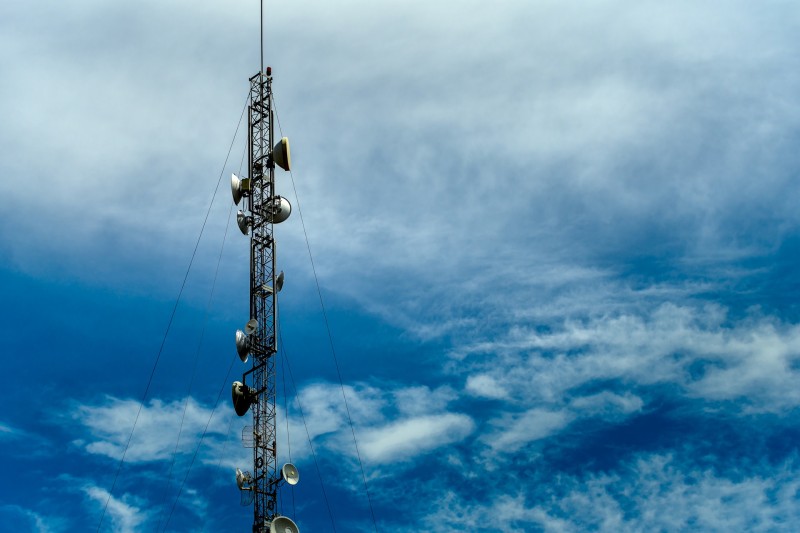
So what is it that makes an electromagnetic wave like light and radio safe while making other forms like X-rays or Gamma rays dangerous? This has to do with the frequency and as a result the energy of the wave.
The energy (E) of an electromagnetic wave is directly proportional to the frequency (f) of a wave and can be calculated using this simple equation:
E = (6.63 × 10-27) f
The higher the frequency, the more energetic a wave is and ultimately more harmful.
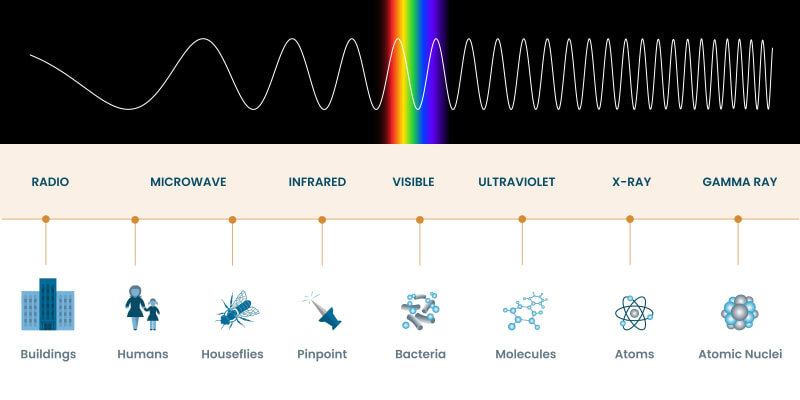
In this electromagnetic spectrum frequency is increasing from left to right (→).
It is our nature to be able to detect light waves, and our daily routines are dependent on it. Our bodies are used to being around light waves so the energy of light can’t be enough to harm us. If an electromagnetic wave has greater frequency than light, it could be considered harmful but if the wave has frequency lower than light then there is no question of it being harmful.
Here’s the important part, the frequency of microwaves is lower than light. So it can’t be harmful as we are used to more energetic forms of electromagnetic waves. But those waves of frequency greater than light including X-rays and Gamma rays are very much harmful to us for the same reason, that their energy is greater than light.
Every molecule vibrates naturally at a specific frequency. The wood, metal, glass, all vibrate at their own frequency and that is known as their natural frequency. If we try to forcefully vibrate any material say glass at the same frequency at which glass molecules vibrate naturally, a phenomenon called Resonance occurs. You might have seen advertisements in which a woman singing breaks the glass in her hand with her voice. The advertisements may be fake but this can actually happen if the vibration of her sound matches the natural vibration of glass. Resonance is exactly what occurs when we place water containing food in the oven.

In a microwave oven, microwaves are set to a specific frequency that matches the natural frequency of water molecules. When we place food inside the oven, the microwaves make the water molecules in food vibrate at great speed and this vibration results in the production of heat that warms the food. If the food has no water molecules, it will not get hot. Try it! Place a dry piece of paper into the oven and see if it gets hot. Then sprinkle a few drops of water and check again.
As our bodies also contain water so if plunge our hand inside a microwave oven while it is turned on, our hand will get burned as the microwaves will heat the blood inside. But this doesn’t mean that the food we heat in the oven is carcinogenic or harmful in any other way. It is perfectly safe to consume microwave cooked food.
Solar Eclipse is dangerous!
This is perhaps one of the biggest scientific misconception that people have. Almost everyone believes it. The reason behind this are the warnings that everyone receives whenever there is an eclipse. People are warned not to look directly at an eclipse as it can destroy the retina in their eyes or even make them blind according to some.
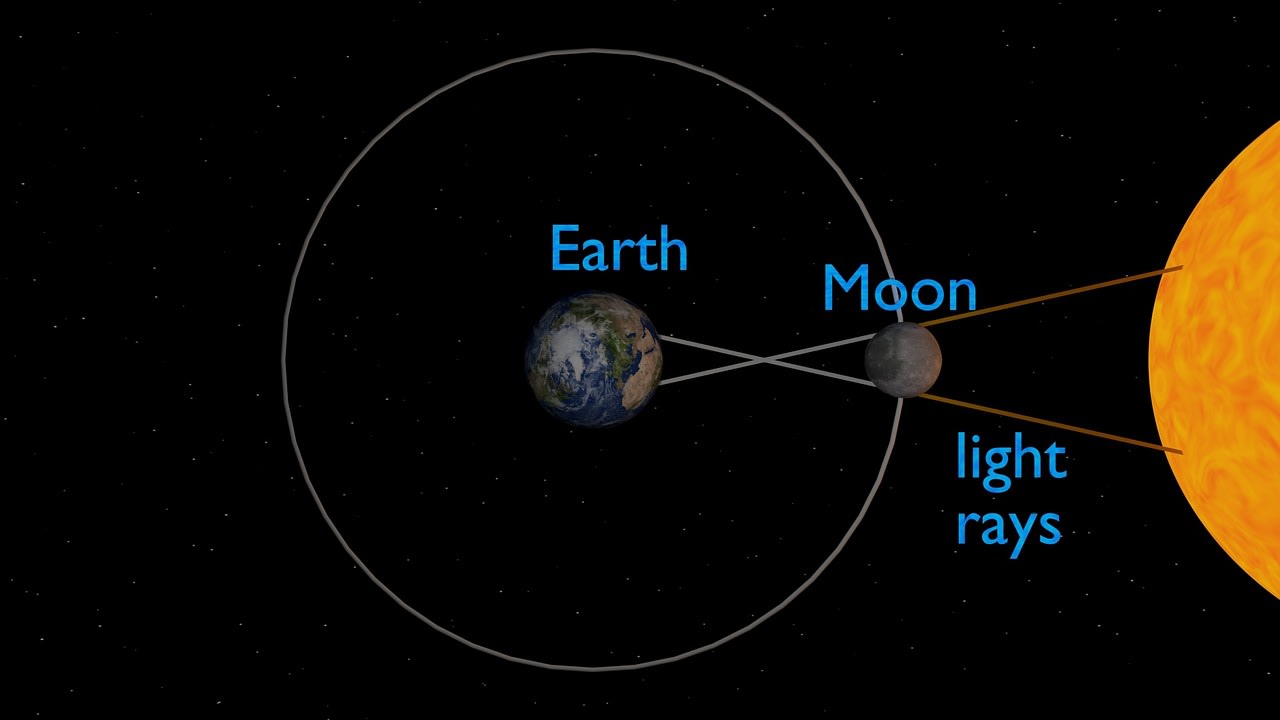
Looking at the Sun directly is dangerous at all times, not just during an eclipse. There is no special phenomenon during an eclipse that makes it more dangerous to look at the Sun during that time. If anything, the danger of damaging our eyes is somewhat reduced when looking at the Sun during the eclipse than under normal circumstances.
To understand why? Let’s suppose there is a very bright light bulb in your house that you can’t look directly at for very long. If there is an object in front of the bulb that is partially blocking some of the light from the bulb to reach your eyes, would it be easy or difficult for you to look towards the light bulb now.
Same thing could be said about the Sun which is a gigantic bulb and moon is the object which comes in front of it to block some of the light and you see its silhouette which is astonishing to view. So now you will be thinking that why we receive the warnings if it is safe to look at the Sun.
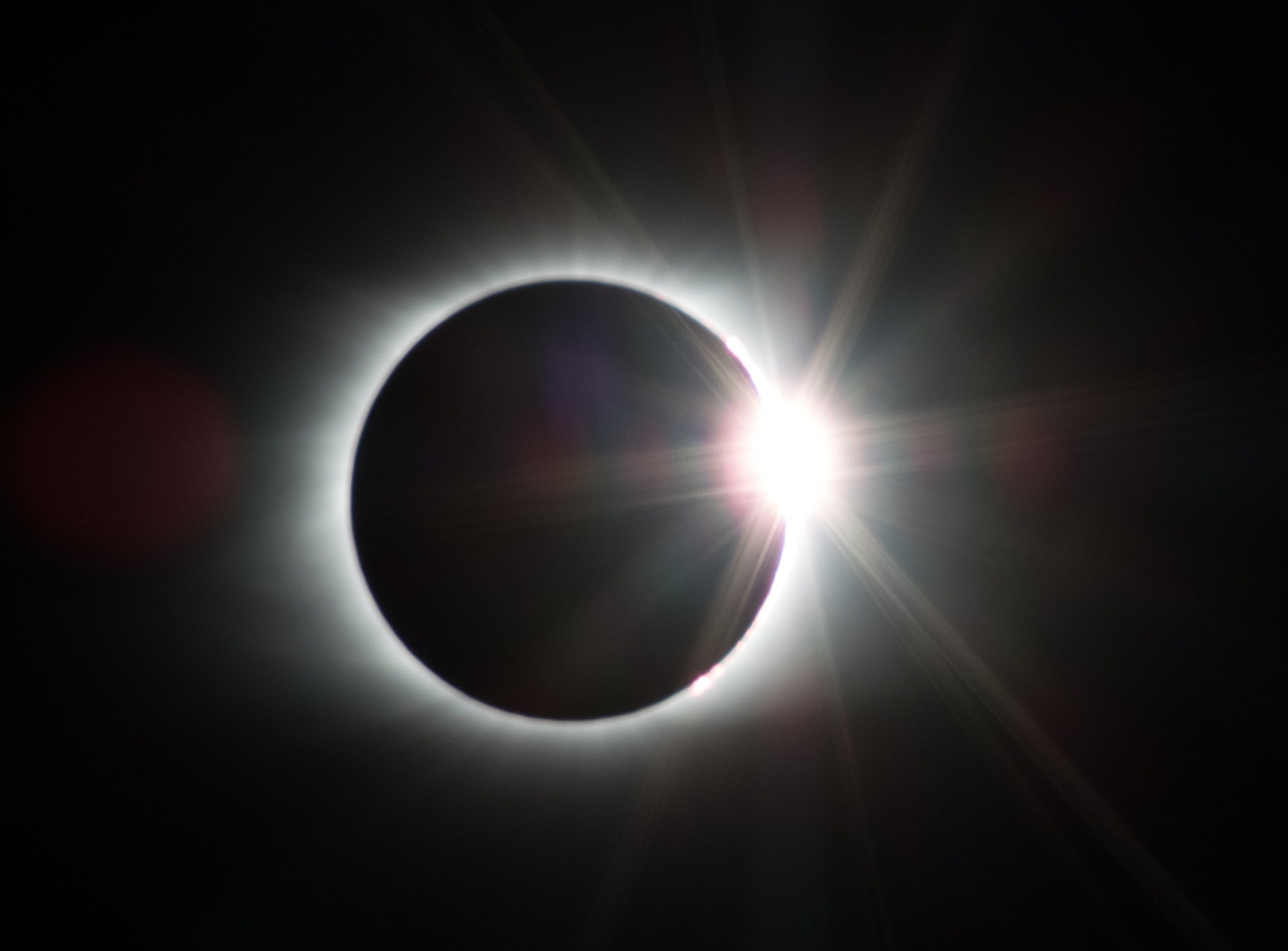
If you read those warning again and this time with all this in mind, you will also find that those same warnings also say that when the Sun is fully eclipsed you can take off your protective equipment and look at it until the full eclipse lasts but as soon as the Sun is even partially uncovered you have to put your protective equipment back on.
There are some false theories which claim that the gravity of the moon acts as a lens converging the light waves around it towards the earth. But if this was the case and the eclipse was somehow dangerous for our eyes, then a full eclipse should be more dangerous than a partial one. But how is it that the full eclipse becomes completely safe to watch? So actually the rays of Sun are dangerous for our eyes and not the eclipse.
Lightening can’t strike at the same place twice!
Lightening can strike at any place any number of times provided the right conditions. There is no hard and fast rule which says that lightening can’t strike a place more than once. It may be unlikely or rare as the conditions in the clouds change very rapidly during the storm and the clouds are moving constantly but it is not impossible.

If an object has been struck once, it is no less likely to be struck a second time. The shuttle launch pad at Cape Canaveral gets hit time and time again, sometimes more than once in the same storm. How about the Empire State Building in New York City which gets struck by lightning about 25 times per year. Even a park ranger Roy Sullivan was struck by lightning 7 times!
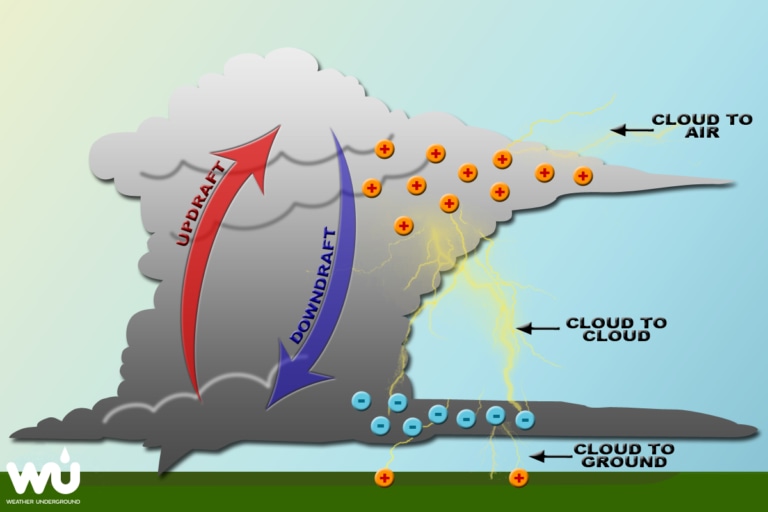
As ice crystals high within a cloud flow up and down in the turbulent air, they crash into each other. Small negatively charged particles called electrons are knocked off some ice and added to other ice as they crash past each other. This separates the positive (+) and negative (-) charges of the cloud. The top of the cloud becomes positively charged while the base of the cloud becomes negatively charged.
Because opposites attract, the negative charge at the bottom of the storm cloud wants to link up with the ground’s positive charge. The accumulation of electric charges has to be great enough to overcome the insulating properties of air. Once the negative charge at the bottom of the cloud gets large enough, a stream of negative charges pours down towards a high point where positive charges have clustered due to the pull of the thunderhead.
The connection is made and the protons rush up to meet the electrons. It is at that point that we see lightning and hear thunder. A bolt of lightning heats the air along its path causing it to expand rapidly and thunder is the sound caused by rapidly expanding air.

It is often believed that lightning strikes the highest point. Well it is true but in a vague sense of the matter. But in reality it is not always true because the electron always take the shortest or the easiest route possible. In electric circuits, a short circuit is when the electron gets an alternative route to flow that has relatively little resistance.

Lightning strike also follow a path that has the minimum resistance. In most situations lightning strikes the point which is nearest to the negatively (-) charged clouds because this route offers the least resistance. Where there is only a single high point in the area lightning will strike the highest place but where there are several high points, it will strike the point which is nearest and as a result has the minimum resistance.
Cold sensations are due to low temprature!
The air in the room that you are in has a certain temperature, which can be measured using a thermometer. The things in your room, which don’t generate their own heat or use electricity, such as a table, books, door, wardrobe, also have the same temperature as that of the air in your room.

If you try touching the wood of the door with one hand and its knob with your other hand. You should feel the knob to be colder than the wood. Both the knob and the wood have the same temperature and you can verify that using a thermometer. So why do you feel the knob to be cold compared to the wood?
This happens because the feeling of coldness has nothing to do with the temperature. The temperature refers to the degree of hotness or coldness of an abject but whether we feel hot or cold doesn’t necessarily depend on the temperature.
You feel cold when heat from your body is being lost to the surrounding, and hot when heat from the surrounding is entering your body. The wood doesn’t feel as much cold as the knob because wood is not a good absorber of heat while metals tend to absorb heat quickly. So the knob feels colder than the wood as your hand is losing more heat.
Heat has a tendency to move more from higher temperature towards lower temperature. Whenever two objects with different temperature interact with each other, heat will move from the hotter object to the colder one until they both have the same temperature. Our bodies normally have a temperature 37 C or 98 F.
When the surrounding temperature is lower than our body temperature, heat moves out of our body and we feel cold. Our bodies need to produce heat from our food intake and also have to retain as much heat as possible. If the body is not able to maintain its heat we get Hypothermia, a medical emergency that occurs when your body loses heat faster than it can produce heat, causing a dangerously low body temperature.
Similarly when the surrounding temperature is higher, we feel hot because heat is entering our body from the surrounding. Our body has to keep cool by sweating or filtering out heat by producing more urine, kind of like an air conditioner. If the body is unable to keep cool, we get Hyperthermia, a condition in which the body’s heat-regulation system becomes overwhelmed by outside factors, causing a person’s internal temperature to rise.
When the surrounding temperature is equal to our body temperature we still feel hot because the heat produced inside cannot be directly lost to the surrounding and the body needs to release this heat using other methods. We normally prefer to live in room temperature (20C or 68F) that is lower than body temperature because the body feels at ease. Our body needs to keep releasing heat to the surrounding because it usually has an excess of heat due to the chemical processes happening inside our bodies at all times.
Colors are real!
Colors are the most spectacle splendor of this world. They are what makes everything so beautiful and let us distinguish one thing from another. What if I told you that these colors do not exist and are just an illusion of the mind? I believe your first thought to be dismissive of this statement as it has never even crossed your comprehensive mind that something so wonderful could be unreal. Science gives us a different answer. In reality what we perceive through our eyes are not colors but rather different parts of light when light is reflected off different objects.

You remember that light is a part of the electromagnetic spectrum. Light rays which we say is made of seven colors actually consists of a range of frequencies of electromagnetic waves. To distinguish between the different frequencies, our mind has created the color spectrum. When these frequencies of light are detected by our eyes, a clear image is formed in the brain that helps us make sense of what is around us.
When light rays pass through our pupils, they hit the retina which is s sensory tissue connected to the brain. The role of the eyes is to visualize the object coming in front of us. But the core work is done by the photoreceptors, which are found in the retina of an eye. There are around 125 million photoreceptors present in the human eye, and these cells work by absorbing light rays and further converting them into signals using which the brain forms an image. The process is not very different from the way that an image is produced on our modern LCDs or LEDs.
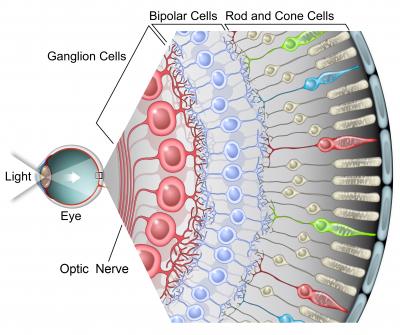
There are people who have a condition known as Color blindness. Color blind people are unable to distinguish between two or more colors. To them say some shades of green and yellow appear the same color. It can happen when one or more of the photoreceptor cells are absent, not working, or detect a different color than normal. Some people with mild color deficiencies can see colors normally in good light but have difficulty in dim light. Others cannot distinguish certain colors in any light. This condition in itself is proof that colors are a creation of the mind.
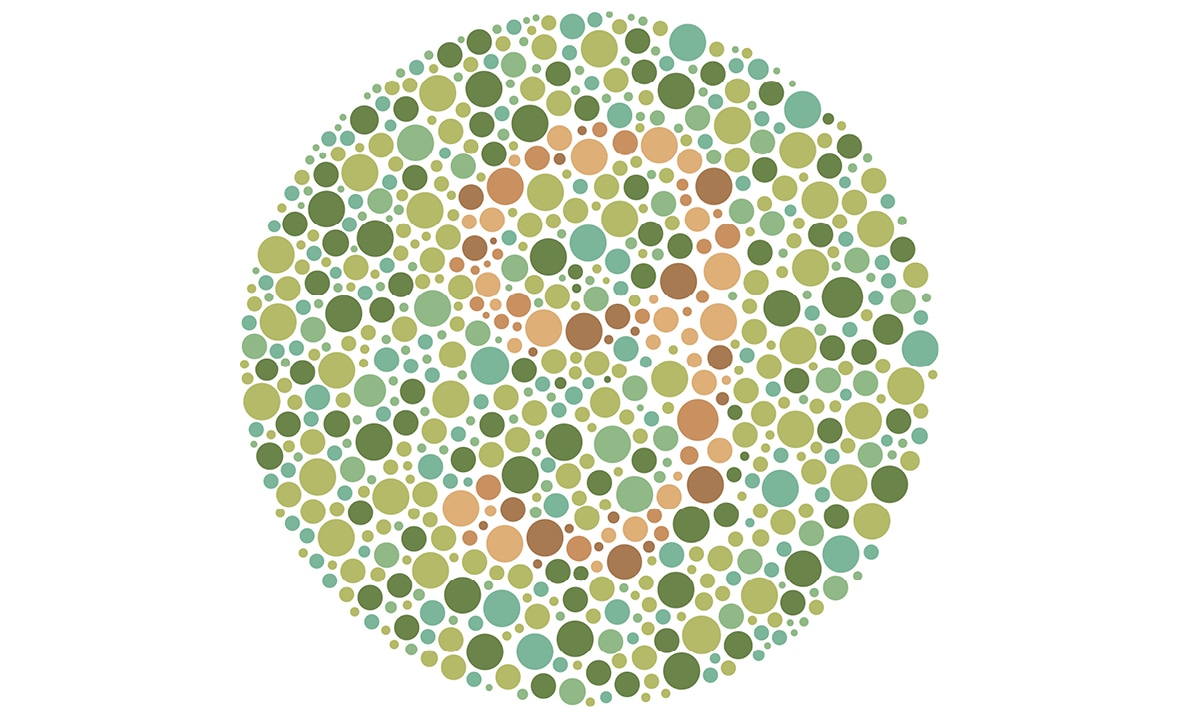
Such illustrations are used to test for color blindness. A color blind person will not be able to see the 9.
White visible light is composed of a range of electromagnetic frequencies that make up the colors we see. Each color within the visible light spectrum has its own individual frequency. The color spectrum consists of seven sections VIBGYOR (Violet, Indigo, Blue, Green, Yellow, Orange, and Red). These colors are not there but rather they represent what frequency of light is coming from where? If you see a yellow wall, it means that the wall is painted with such a material that reflects only those frequencies of light that represent yellow.
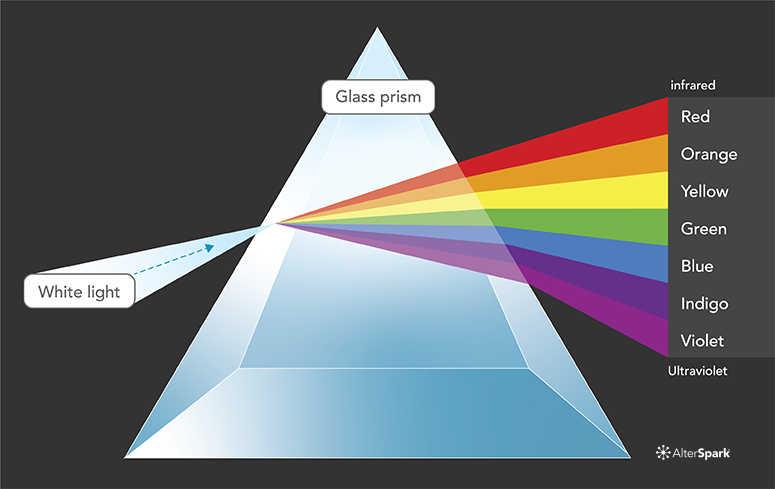
There are other perceived colors that do not appear in the spectrum. White sunlight is a mixture of a huge range of frequencies (i.e. colors), of which most - but not all - are in the range that are visible to the eye. A common example is brown. No part of the electromagnetic spectrum is brown, but our brain interprets certain mixtures of frequencies that way. Tree trunks reflect only those parts of the sunlight that make the brain think “brown”.
When red, green & blue light are mixed in equal proportions (added together), the 3 primary colors yield white light. The eye has 3 different color receptors (cone cells). Each type is most sensitive to a certain color range. Their peak frequencies are in the red, green and blue regions of the visual spectrum, respectively. The brain then mixes the signals from all three types, to produce the sensation of a “color”.
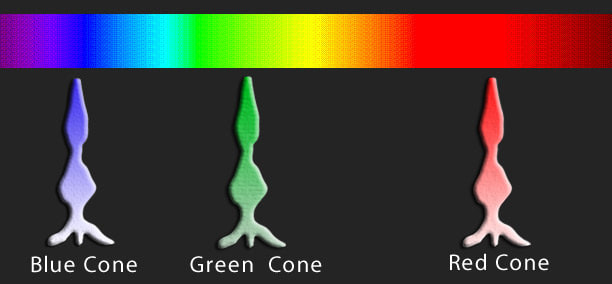
In artificial lighting, if we mix the appropriate amounts of red, blue and green light, all three types of cone cells get the right stimulation to make the brain perceive it like sunlight, i.e. white. Because our eyes evolved to see in sunlight, if the red, blue and green levels of the perceived spectrum are approximately those of sunlight, we see that color as being the same as that of sunlight. If the mixture is not exactly right, the brain will see it as some other shade, like pink or grey.
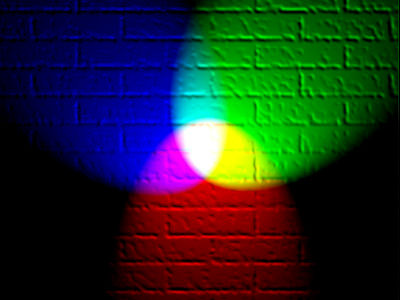
In fact, different “white” lights have different color shades. It is said they have a different “color temperature”. The temperature of the sun is close to 6000K and light of that color temperature looks like sunlight. Many white LEDs have color temperatures of around 9000K, and their light will have a bluish tinge. Incandescents globes are closer to 4000K and look reddish - but we call all of these light sources “white”.
Black surfaces absorb all of light, meaning black objects don’t reflect any light. It is also the reason why we see everything black in darkness as no signals are reaching the brain. This is also true when we shut our eyes. If there is only a certain frequency of lighting available, then the objects which have a certain color in white light will have a different color in that specific colored light.

When you are walking under yellow street light, you should notice the color of the vehicles. White vehicles will appear yellow, as white surfaces reflect all the light but only yellow light is present so yellow is reflected. If a red car passes by, you will see it red because it only has to reflect red frequency which is present in the yellow light as yellow is mixture of red and green color. But if a blue car passes, it will appear as black because it only reflects blue frequency which is not present so no light will get reflected off that car.

